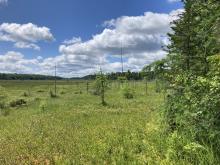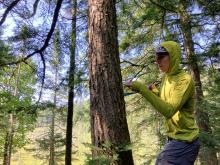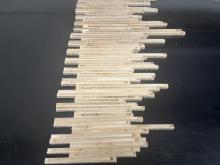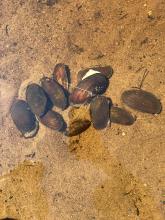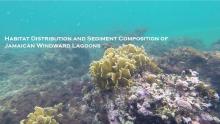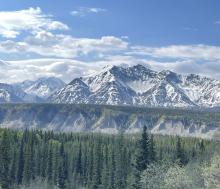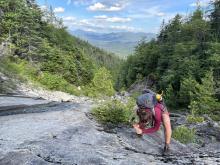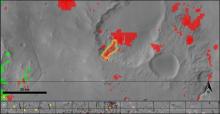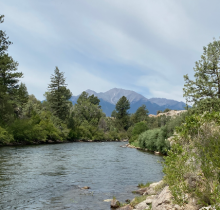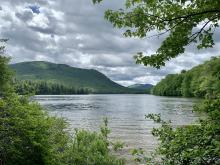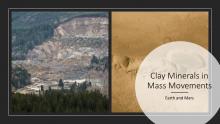Reconstructing 300+ Years of Climate Data in the Northwestern Adirondacks Using Tree-Ring Chronologies
Each ring in a tree's trunk is a time capsule recording everything from temperature to streamflow in a given year. In the Adirondack Mountains, some Eastern Hemlocks (Tsuga canadensis) have been keeping this journal for more than 300 years! This summer, I cored 35 trees (16 hemlocks, 15 red spruce, and 4 black spruce) along the edge of Fox Fen, an ecologically sensitive wetland whose unique setting makes the trees especially sensitive to changes in climate.
